With railroads freeways cutting across the mountains of West Virginia, Virginia, Maryland, and Pennsylvania, it’s hard to imagine a time when Pittsburgh and Washington, D.C. seemed days (if not weeks) apart. That’s how it was in the early 1800’s. Travel was tough, but transporting cargo was even more difficult. Traders needed a way to move goods inland, and out of that necessity, the Chesapeake and Ohio Canal was born.
Location
Follow WV Route 9 south, then west from Berkeley Springs. Pass through the small town of Paw Paw, West Virginia, then cross the Potomac into Maryland. Route 9 becomes Route 51. Just after crossing the river, watch for a well-marked turnoff to the trailhead for the Paw Paw Tunnel.
My Visit
These days, the entire length of the C&O Canal is preserved as a linear park, running 184.5 miles, from Washington, D.C. to Cumberland, Maryland. It’s popular with bikers who want to take several days traveling the route–an adventure that will have to remain on my to-do list for a while. I only had time to explore one of the Canal’s most notable engineering achievements: the Paw Paw Tunnel.
After you park, head up the trail (opposite the direction of the gravel road that leads into the parking lot) for a few hundred feet, then turn right.
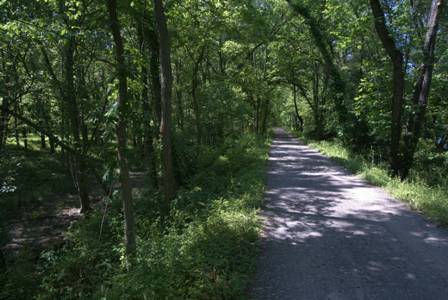
When you join the main trail, the tunnel is still about 1/2 mile away. It’s a short walk and completely level, so it’s easy.
This trail is the old towpath, which runs alongside the entire length of the canal. Crews on the ground would drive a team of mules, which towed the boats up the canal.
In the picture above, you can see the towpath on the right, and the canal on the left. Here, the canal is dry. In most places along its 184.5 miles, it remains dry, although it has been refilled in some locations. At the Paw Paw Tunnel, there is water in the canal. It seeps out of the hillside, and drips down from the tunnel walls to fill the canal, but the water doesn’t flow anywhere.
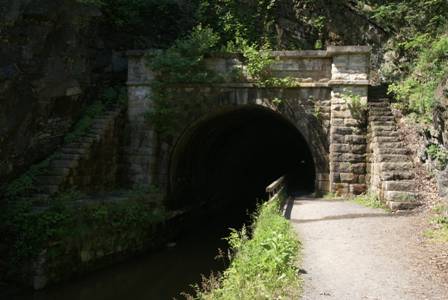
Here’s the entrance to the tunnel. Notice the staircase on the left and right. You can walk up one side, and down the other…
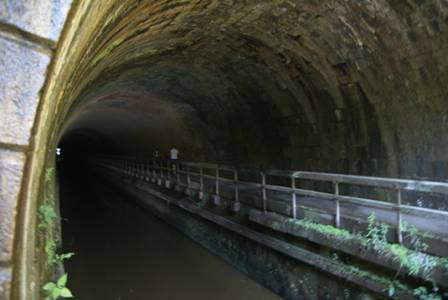
… for an alternate view inside the tunnel.
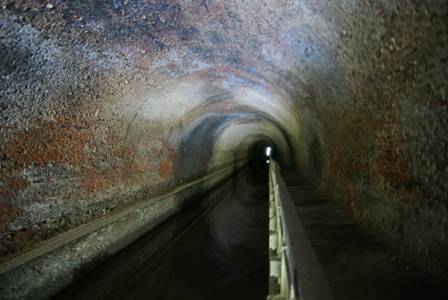
Back on the pedestrian side, be sure to walk a short distance into the tunnel, even if you’re not going all the way through. Notice the bricks on the wall: there are 6 million of them!
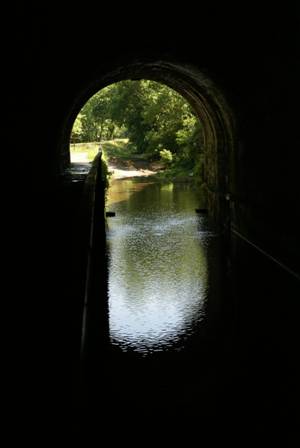
By the time the C&O Canal reached Cumberland, Maryland in 1850, it was suffering from tremendous debt, and it was obsolete. Railroads had arrived 8 years earlier, and of course, who wouldn’t prefer travel via the iron horse over a mule powered float? The canal never fulfilled the “O” in its name; it never reached the Ohio River. It did, however, operate until 1924.
Note: This trip was first published in 2008.

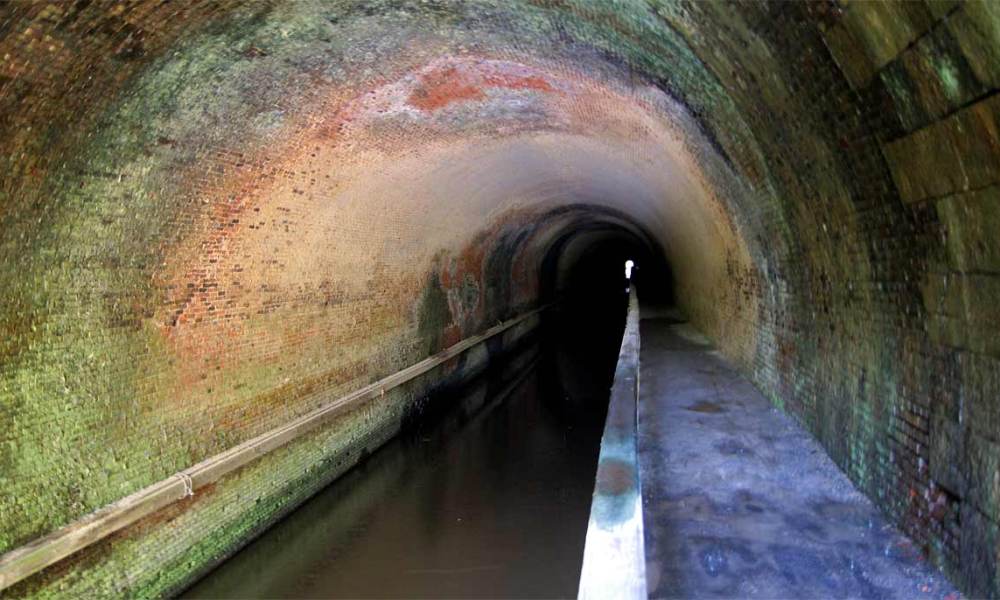


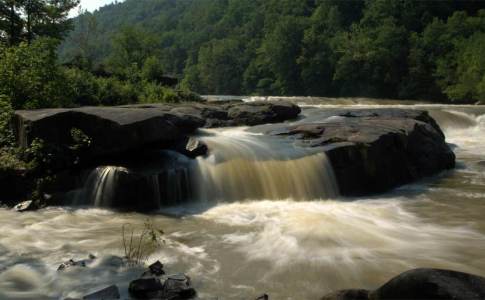
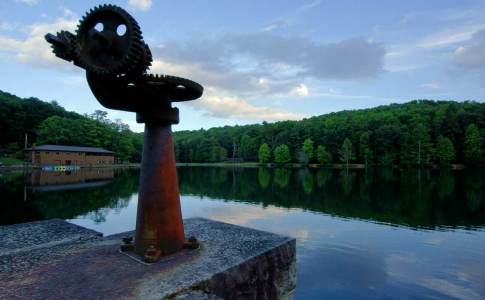

No comments